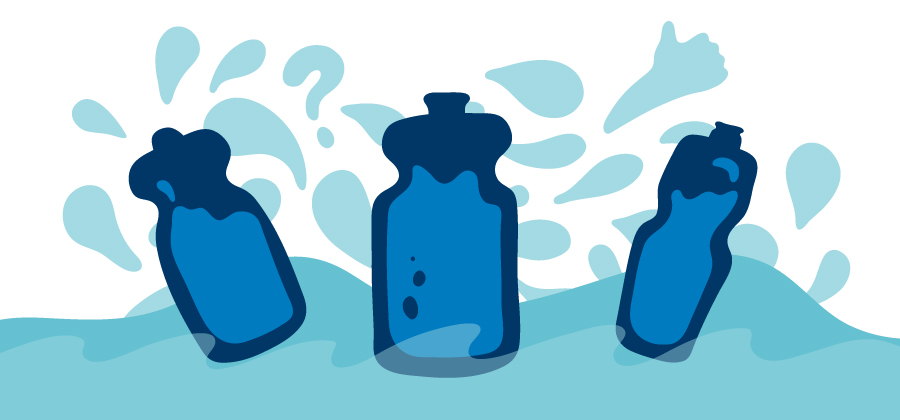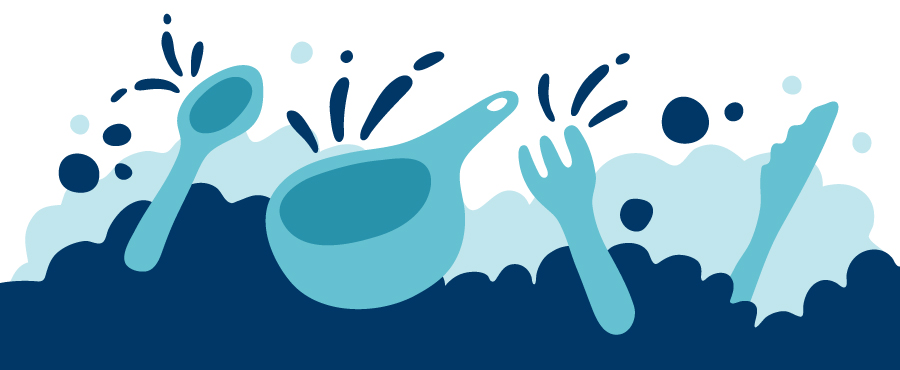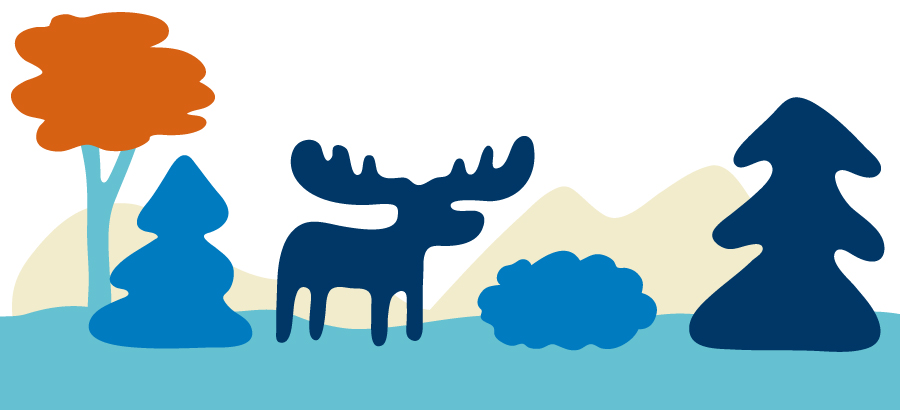Know the 7 Basics of Bike Camping
Bicycle camping can be one of the most rewarding experiences of any bike tour. If you’re new to camping, or if you need a refresher, you can practice setting up a makeshift campsite near your home before you depart on tour.
Once you’re on the road, you’ll want to know these seven basic options for beginner bicycle camping.

1. Choosing a Campsite
Getting a good night’s sleep is essential to having a pleasant touring experience. Our muscles grow and repair themselves during the night, making sleep one of the best work-out recoveries. Sleep also combats stress and prevents illness — two things we’re all susceptible to while traveling.
So put some thought into where you’ll camp each night and make yourself as comfortable as possible. If you’re a light sleeper, pack earplugs and an eye mask (or bandana) to muffle the outside world.
The best campsites are relatively flat, with soft ground that’s free of rocks, roots, and other hard objects. Try to situate your camp away from bright lights and loud noises, such as highways or restaurants. Proximity to a bathroom will also come in handy when you need to take care of business in the middle of the night.

2. Budgeting Water for Camping
Many campgrounds offer potable water but not all. So when you’re heading to your campsite, we recommend calling ahead or carrying extra water just in case.
How much? Most cyclists use about 3 liters per night while camping: 1 liter to drink while setting up camp and eating dinner, 1 liter for personal hygiene, and 1 liter for rehydrating the next morning. If you plan on cooking, you may need an additional liter for cooking and dishwashing.
3. Bike Camping Meals
This may surprise you but it’s not always necessary to cook food on your bike tour. It depends on your route, budget, dietary needs, and personal preference. For example, if you need a fresh cup of coffee every morning or a hot meal every evening, then by all means carry a stove. Also, if your route is off-road or in the backcountry, a stove may be essential. Otherwise, good ol’ sandwiches, cheese and crackers, jerky, and other ready-to-eat foods will nourish you just as well (see our list under Food & Nutrition).
4. Cooking Options
Whether using a lightweight camp stove or an open campfire, most camping meals are simple: just add water and boil. These foods include pasta, rice sides, and dehydrated soups, stews, and chili.
Some cyclists dehydrate their own homemade foods ahead of time to bring with them on the road. This is a good option for people with severe food allergies or dietary restrictions.
To add extra nutrition and flavor, many cyclists add ingredients to their camping dishes. Mixing in fresh vegetables, chopped salami, nuts, seeds, or avocado can transform boring or monotonous meals into something new. Tap into your creative side, and you’ll be a backcountry chef in no time.

5. Dishwashing
Some modern campgrounds have sinks, spigots, or other dishwashing facilities for your convenience. Whatever you do, don’t use bathroom sinks to wash dirty dishes — campground managers don’t like that.
Camping in the backcountry means you’ll have to wash dishes a different way. Carry a small bottle of biodegradable soap in your cook kit and perhaps a scrubby pad. Try to eat all the food bits out of your dishes before washing. Wash at least 200 feet away from your campsite and disperse wash water over a wide area. If you’re camped near a lake, stream, or the ocean, wash camping dishes at least 200 feet away from these water sources, following Leave No Trace rules.

6. Food and Wild Animals
Never feed wildlife. Even small, cute creatures like birds, squirrels, and mice will become aggressive towards future campers if they learn humans are a source of food. Remember that a “cute photo op” for you may lead to another camper’s nightmare, or worse: every year, animals are killed by local authorities because they’ve become too aggressive towards humans. Keep animals and people safe by not feeding wildlife.
Dispose of food and packaging in proper campground receptacles or pack it out with you. Never litter or leave food bits around: it’s unsightly as well as dangerous to wildlife.
Avoid pests by keeping your campsite tidy and your food items all in one place. Most cyclists have a designated “food bag” that they keep in plain view during their evening meal and then inside their tent at night (unless you’re in bear country!).

7. Camping Safety
Know Before You Go
How cold are the nighttime temperatures at your desired campsites? Are bears, moose, cougars, or other wild animals present? Is there cell phone reception? Is potable water always available? Knowledge is your best tool.
Pack at Least Two Light Sources
When night falls, being able to see your surroundings is a matter of safety. Bring a main light source, such as a headlamp, and a backup light source such as your bike light. If your headlamp breaks, fails, or gets lost, you’ll be glad you’ve got a backup.
Carry a Signaling Device
Be sure to carry a working cell phone, radio transmitter, GPS beacon, or other signaling device in case you need to call for help.
First Aid Kit
Pack a small first aid kit, and keep it stocked throughout your trip.


Comments
Forgot Password?
Enter your email address and we'll send you an email that will allow you to reset it. If you no longer have access to the email address call our memberships department at (800) 755-2453 or email us at memberships@adventurecycling.org.
Not Registered? Create Account Now.